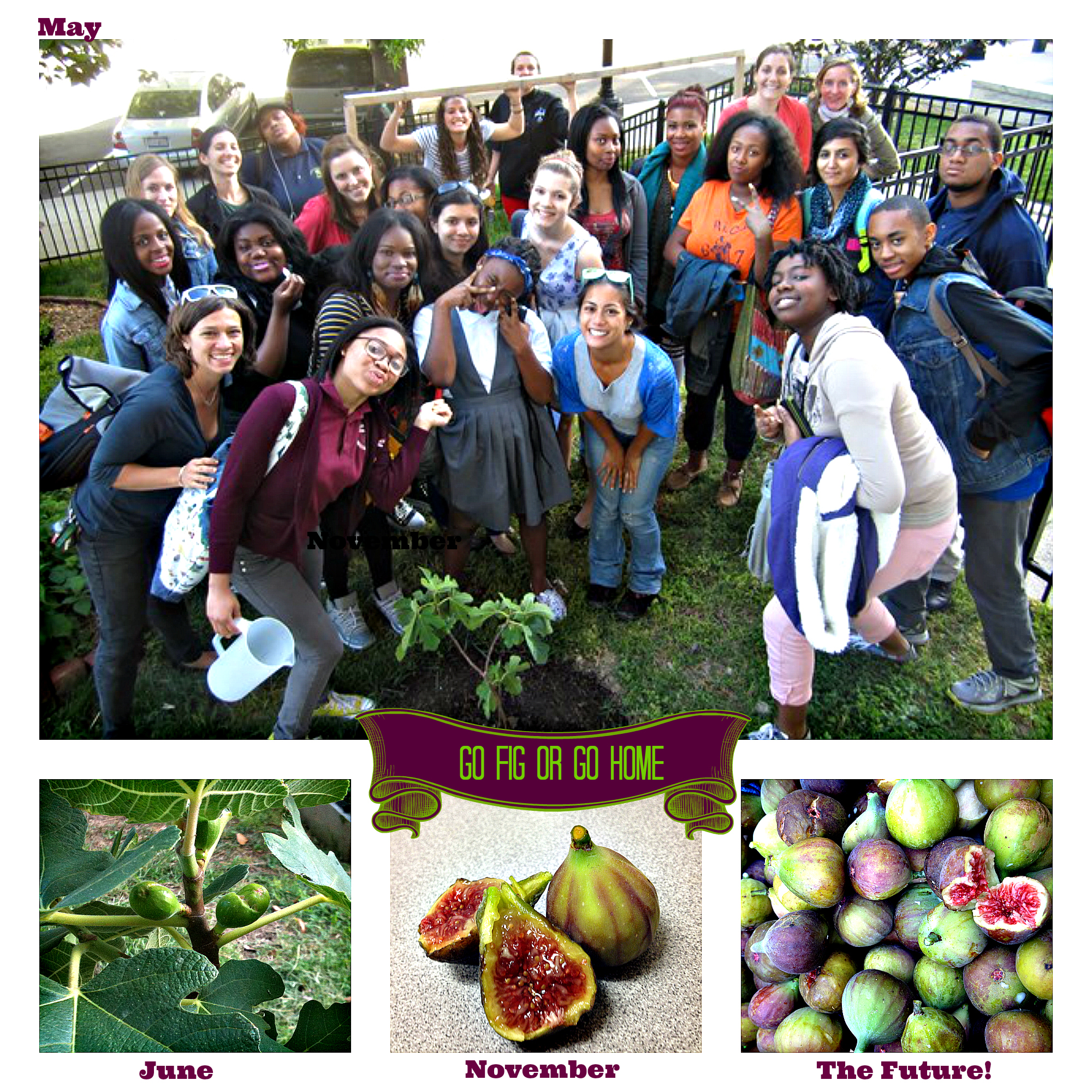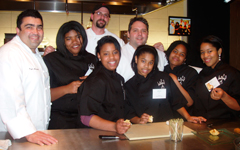Garden Lessons: A Harvesting Journal from Our 2nd Year

This growing season had it all: gnarly 6 pound Armenian cukes, everlasting kale forests, Thai basil trees, and jewel-like figs and raspberries that were rewarded to the bravest harvesters and eagle-eyed gardeners. As we blow one last farewell kiss to our second growing season on K St., we wanted to share some of our favorite garden lessons with you. Here's what we learned while we were out playing in the dirt.
Crops: Fennel, Roma Tomatoes
What they taught us and what we made: The kitchen is where less-than-stellar crops can find a second life, and there’s a certain sense of satisfaction that goes along with being able to transform the underripe, overgrown, or slightly less than perfect vegetables. This summer, when our fennel crop went to flower early, we harvested fennel pollen and used the dried seeds to add to our spice collection. We froze our green roma tomatoes that never quite turned red, and Garden Intern Michele whipped up a green tomato cake last week laced with cinnamon and cloves. Today’s test recipe: green tomato and goat cheese ice cream.
Crops: Tomatillos
What we learned and what we made: We’ve grown over 450 pounds of food from April – October (including 30 pounds of tomatillos, which got turned into salsa morada by our MVPs class.) Despite that bountiful harvest, we still found ourselves running short on veg. The 2013 DC Sustainability Act lays out the goal of putting 20 more acres of District land under cultivation by 2032 as part of the effort to green DC; we hope some of that land will serve youth and adults who need access to more fresh produce. Until then, how do we grow enough food for the 225 youth we work with each year? We’re going to think on that during the cold months ahead, but we love these innovative options that have brought homegrown food to other programs and cities.
Crops: Kale, Genovese Basil
What they taught us and what we made: Gardens can challenge our notion of luxury foods. Parmesan kale chips, cinnamon basil ice cream, carrot top pesto, and kale and chard marmalade might sound like dishes you’d find on a pricey tasting menu, but they’re also recipes that evolved from the need to make use of our most prolific crops.
Crops: Shiso, Borage, and Sorrel
What we learned and made: The internet has many answers for the curious cook and gardener about how to utilize exotic herbs and vegetables, but there’s no substitute for good old trial and error in the kitchen. We’ve used our leafy purple shiso in salad dressings and simple syrups. We’ve dried borage blossoms for tea and used the fresh flowers for garnish. And we’ve turned to our lemony sorrel leaves to help us deal with an enthusiastic crop of Genovese basil (see above).
Crops: Figs
What we learned and made: Prepare to be patient, but don't forget to be delighted by unexpected fruits of your labors. When we planted our little fig sapling in June, we joked with the Kitchen All Stars class that many years down the road, they'd be able to stop by the garden, snack on a few figs, and tell their children how they planted a fig tree on K St. in high school. (Responses included a few rolled eyes and giggling.) As it turns out, little green fig buds showed up just a few weeks after our sapling hit the soil, and it only took them another 6 months to turn soft, purple, and fragrant. We didn't have enough for a tart yet, but our two lone figs made for a sweet late night snack.







Comments
Post new comment